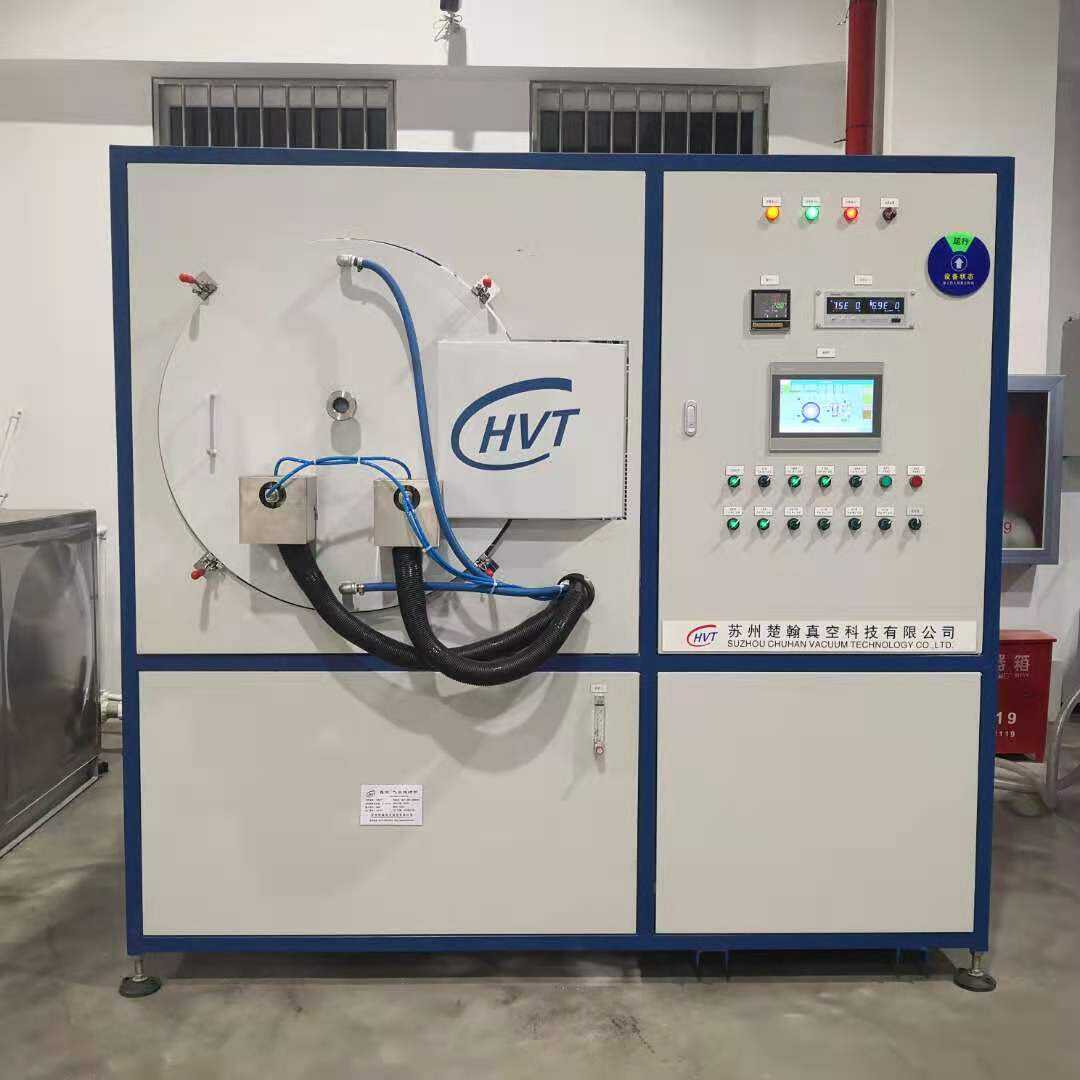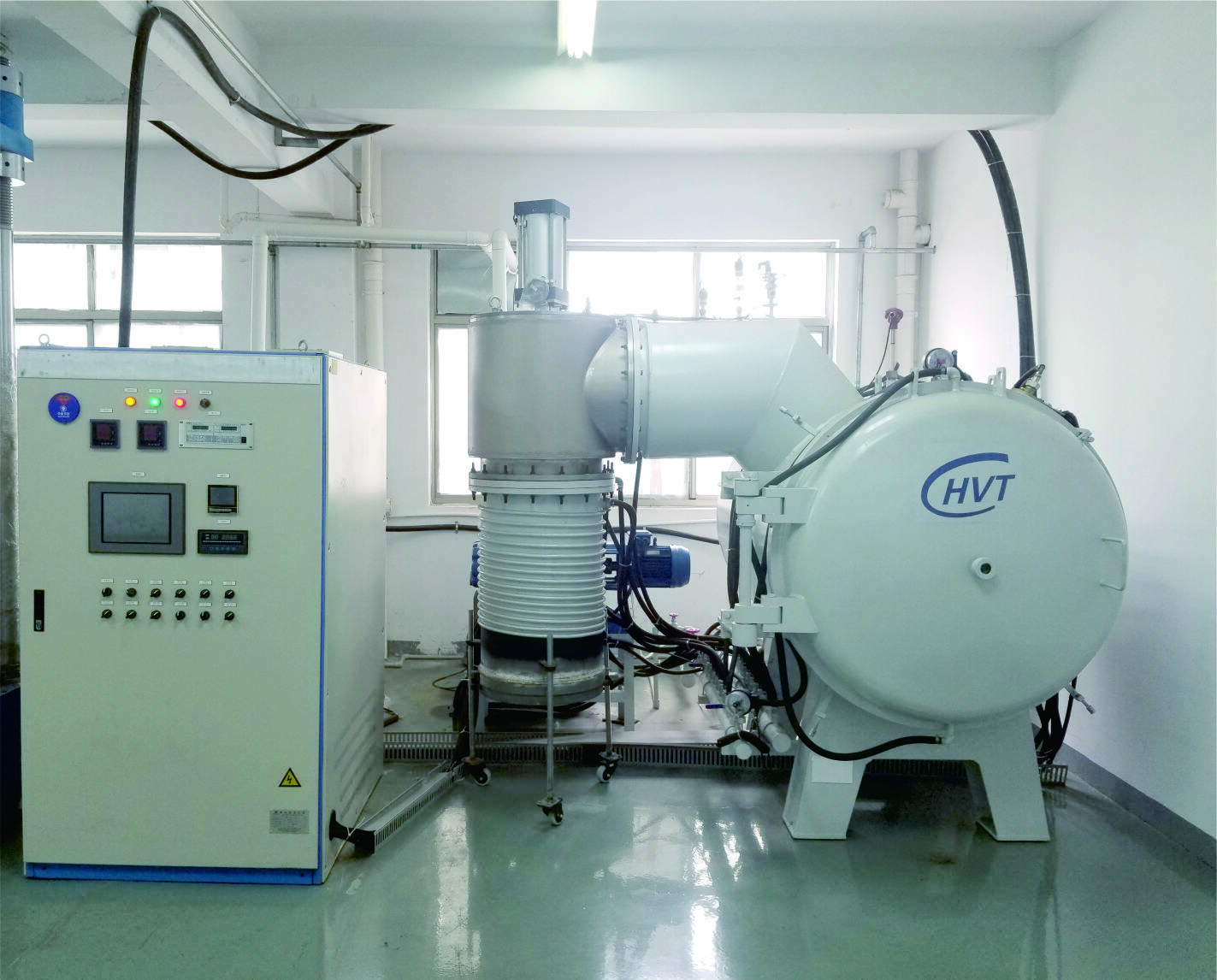Understanding Modern Vacuum Brazing Technology
Selecting the ideal vacuum brazing furnace represents a critical decision for manufacturing operations, directly impacting production quality, efficiency, and long-term operational costs. Modern vacuum brazing technology has evolved significantly, offering sophisticated temperature control, precise vacuum levels, and automated features that enhance the joining process across various materials and applications.
A vacuum brazing furnace creates a controlled environment where materials can be joined through the brazing process without oxidation or contamination. This technology proves essential in industries ranging from aerospace and automotive to electronics and medical device manufacturing, where high-quality, precise metal joining is paramount.

Essential Components and Features of Vacuum Brazing Systems
Temperature Control and Heating Elements
The heating system forms the core of any vacuum brazing furnace, typically utilizing either graphite or molybdenum elements. Graphite elements offer excellent thermal efficiency and cost-effectiveness, while molybdenum elements provide superior temperature uniformity and longer service life in certain applications. Modern furnaces incorporate multiple heating zones and advanced temperature controllers to maintain precise thermal profiles throughout the brazing cycle.
Temperature uniformity across the work zone is crucial for consistent joint quality. Leading vacuum brazing furnace designs incorporate sophisticated thermal mapping capabilities and multiple thermocouples to ensure even heat distribution. This precise control prevents local overheating or cold spots that could compromise joint integrity.
Vacuum System and Pumping Technology
The vacuum system's design and capabilities significantly influence brazing quality. Modern furnaces typically employ a combination of mechanical and diffusion pumps to achieve the required vacuum levels. The pumping system must be properly sized to handle the gas load during heating and maintain stable vacuum levels throughout the process.
Advanced vacuum brazing furnaces feature automated leak detection systems and real-time vacuum monitoring. These capabilities ensure process consistency and help operators identify potential issues before they impact production. The integration of smart vacuum control systems allows for precise atmosphere management, including partial pressure operation when required.
Size and Configuration Considerations
Work Zone Dimensions
Determining the appropriate work zone size requires careful analysis of current and future production requirements. The vacuum brazing furnace must accommodate the largest anticipated workpiece while maintaining efficient operation for smaller components. Hot zone dimensions affect not only initial equipment cost but also ongoing operational expenses through energy consumption and maintenance requirements.
Modern furnaces offer various loading configurations, including horizontal and vertical orientations. Horizontal furnaces typically provide easier loading and unloading, while vertical designs may offer advantages in terms of floor space utilization and thermal uniformity for certain applications.
Production Volume Requirements
Production capacity needs directly influence furnace selection. Batch-type vacuum brazing furnaces suit lower-volume operations with diverse part requirements, while continuous or semi-continuous systems may prove more economical for high-volume production. Understanding cycle times, including heating, cooling, and handling requirements, helps determine the optimal furnace configuration.
Advanced automation features, such as automated loading systems and recipe management capabilities, can significantly impact throughput and operational efficiency. These systems reduce operator intervention and help maintain consistent process parameters across multiple production runs.
Advanced Control and Monitoring Systems
Process Control Integration
Modern vacuum brazing furnace systems incorporate sophisticated control interfaces that enable precise process management and documentation. These systems typically feature programmable controllers with multiple recipe storage capabilities, allowing operators to quickly switch between different brazing profiles while maintaining process consistency.
Data logging and analysis capabilities provide valuable insights into process performance and help identify optimization opportunities. Advanced systems may include predictive maintenance features that monitor key components and alert operators to potential issues before they cause production disruptions.
Safety and Compliance Features
Safety considerations play a crucial role in vacuum brazing furnace selection. Modern systems incorporate multiple safety interlocks, emergency shutdown capabilities, and monitoring systems to protect both operators and equipment. Compliance with industry standards and regulatory requirements must be verified during the selection process.
Environmental considerations, including cooling water requirements and exhaust handling, should be evaluated carefully. Energy efficiency features, such as advanced insulation systems and heat recovery options, can significantly impact operating costs while supporting sustainability initiatives.
Installation and Maintenance Requirements
Site Preparation and Utilities
Proper installation planning ensures optimal furnace performance and reliability. Site requirements include adequate floor space, utilities access, and environmental controls. The vacuum brazing furnace installation may require specialized foundations, cooling water systems, and electrical infrastructure upgrades.
Consideration must be given to maintenance access requirements and material handling systems integration. Modern furnaces often incorporate features that facilitate routine maintenance and reduce downtime through improved component accessibility and modular design approaches.
Preventive Maintenance Programs
Establishing a comprehensive maintenance program helps maximize equipment reliability and longevity. Regular maintenance requirements include vacuum system service, heating element inspection, and thermal insulation evaluation. Advanced diagnostic capabilities help identify potential issues early, reducing unplanned downtime and repair costs.
Training programs for operators and maintenance personnel ensure proper equipment operation and timely identification of potential issues. Documentation requirements, including maintenance records and process validation data, should be considered during the selection process.
Frequently Asked Questions
What factors most significantly impact vacuum brazing furnace performance?
The key factors affecting vacuum brazing furnace performance include temperature uniformity, vacuum system capability, and control system sophistication. Additional considerations include proper sizing for the intended application, maintenance accessibility, and integration with existing production systems.
How often should preventive maintenance be performed on a vacuum brazing furnace?
Preventive maintenance frequency depends on usage patterns and operating conditions. Typically, major maintenance activities should be scheduled quarterly, with more frequent inspections of critical components such as vacuum seals and heating elements. Regular calibration of temperature and vacuum monitoring systems is also essential.
What energy efficiency features should be considered when selecting a vacuum brazing furnace?
Important energy efficiency features include advanced insulation systems, heat recovery capabilities, and smart control systems that optimize heating cycles. The use of modern heating elements and properly sized vacuum pumps can also significantly impact energy consumption and operating costs.
How can process validation be ensured when implementing a new vacuum brazing furnace?
Process validation requires comprehensive testing of temperature uniformity, vacuum capabilities, and overall system performance. This typically includes running test cycles with representative parts, documenting results, and establishing standard operating procedures. Working closely with the equipment manufacturer during commissioning helps ensure proper validation protocols are followed.
Table of Contents
- Understanding Modern Vacuum Brazing Technology
- Essential Components and Features of Vacuum Brazing Systems
- Size and Configuration Considerations
- Advanced Control and Monitoring Systems
- Installation and Maintenance Requirements
-
Frequently Asked Questions
- What factors most significantly impact vacuum brazing furnace performance?
- How often should preventive maintenance be performed on a vacuum brazing furnace?
- What energy efficiency features should be considered when selecting a vacuum brazing furnace?
- How can process validation be ensured when implementing a new vacuum brazing furnace?


